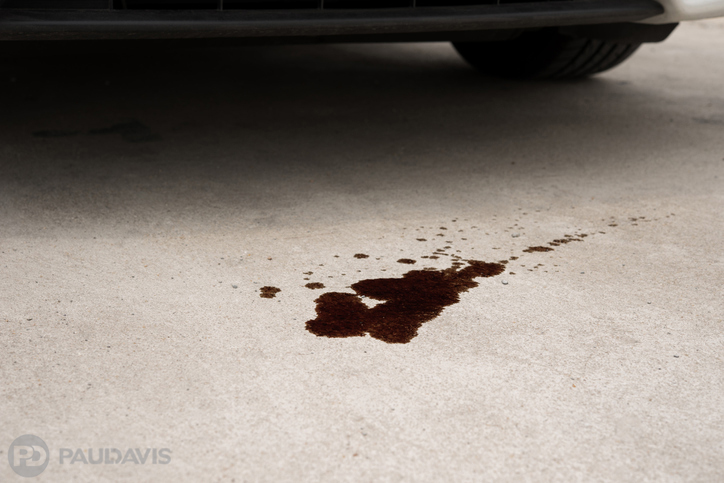
Which of these is a hazardous spill in the workplace: a puddle of water in the lobby from a dripping umbrella, drops of mercury from a broken thermometer in the health center or a sulphuric acid leak on the shop floor? It’s a trick question because all three are hazardous even though one of the runaway substances is water.
Hazardous spills can be tough to identify. The simplest way to flag a hazardous spill is to ask: can this substance spilled in this location cause an injury of any kind now or in the near future? If the answer is yes – if someone might slip on the umbrella water right now or inhale poisonous mercury vapor the next day – that spill is hazardous. A few other rules apply, too: anything that is radioactive, chemically dangerous, or biologically contaminated qualifies as a hazardous spill.
Responding safely requires judgement and awareness. Some facilities apply the rule of thumb, “if you can step over it, you can clean it up.” This handy phrase indicates that a small amount of a low hazard substance is not continuing to spill and won’t become an emergency in a short timeframe. Many of these smaller, less serious spills can be cleaned up by trained employees – think of the on-call supermarket crew arriving with safety cones and mops at that cranberry juice leak on aisle three.
What if you can’t decide? What is you don’t feel comfortable mopping up a small hazardous spill? Or if the substance is a threat to human health and the environment, continuing to spill, or dangerous to all but expert handlers? Then it’s time to notify qualified companies like Paul Davis to respond immediately, halt, contain and clean up the hazardous spill. The acronym ALERT guides what to do right away before the professionals arrive:
Alert: Alert building and security personnel or company leadership that a hazardous spill has taken place. Identify the exact location, the substance that has spilled and any other pertinent details.
Life: Take steps to protect the life and health of employees in the building. Block off areas affected by the spill and warn employees in the immediate vicinity.
Evacuate: Clear the building with an orderly evacuation. Before using the fire alarm to do so, ensure that evacuation routes do not cross affected areas. After evacuation, check that all employee areas are unoccupied, clearing stragglers who may not acknowledge or hear the alert.
Restrict: Block entryways to bar accidental or intentional reentry until help arrives. If possible, station trained employees at each entry point to dissuade reentry. Despite hazardous conditions, employees sometimes attempt to retrieve personal belongings or complete time-sensitive tasks.
Tell. Meet the clean-up crew as they arrive and give as much information as possible to guide their activities. Experienced mitigation and restoration companies like Paul Davis respond to emergencies around the clock and dispatch clean-up crews in minutes.
Once the hazardous spill has been successfully cleaned up and employees have returned to work areas, plan another workplace activity as soon as possible: planning, training and drilling to ensure the safest, most effective responses to future hazardous spills. This Is No Time For Second Best®.
